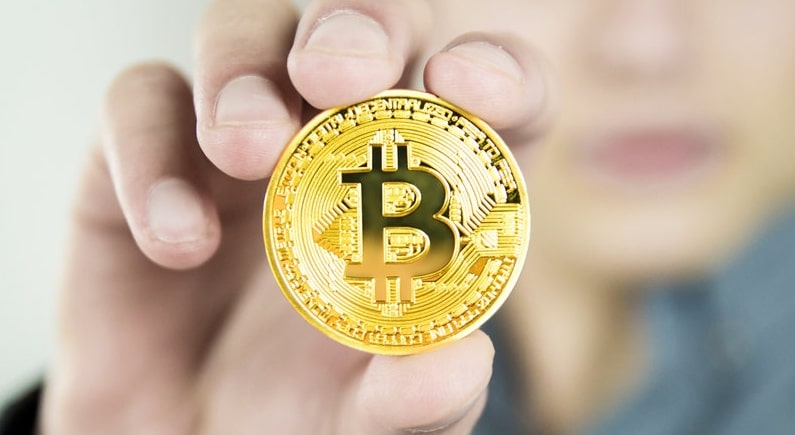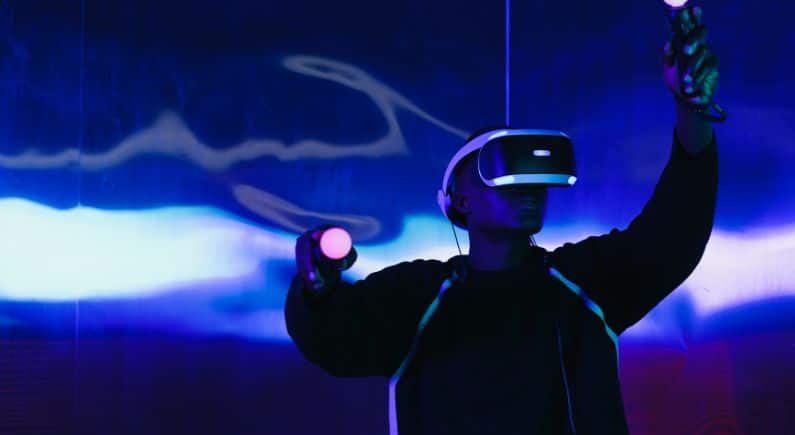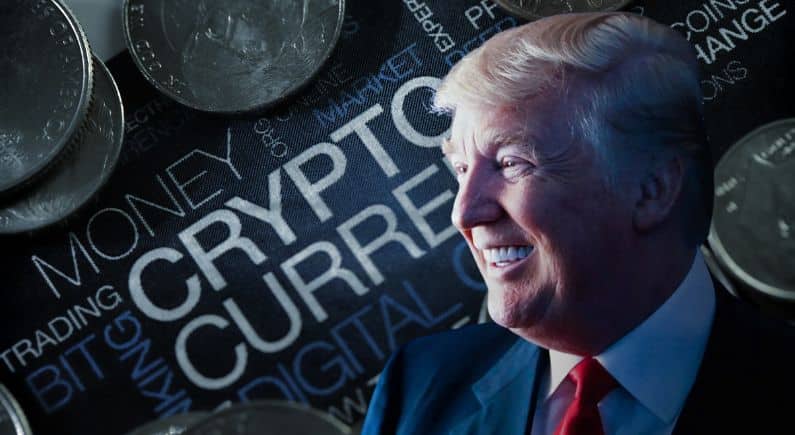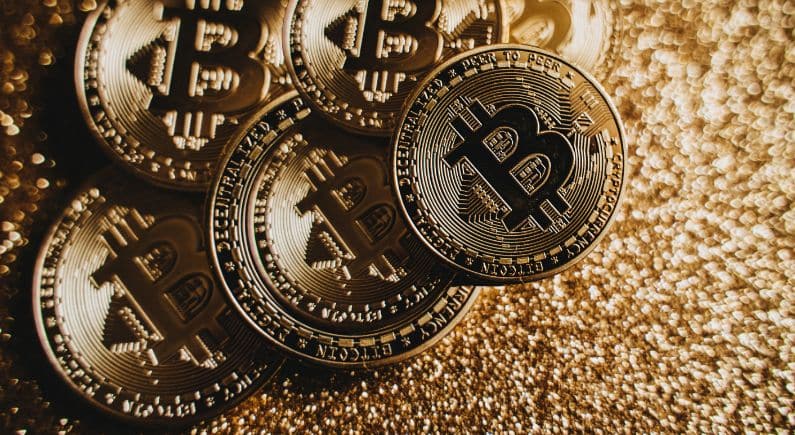9 Lesser-Known Facts About Bitcoin

Bitcoin is a thing that needs no introduction. Even if you’ve never held any cryptocurrency in a crypto-wallet, even if you don’t exactly know what a blockchain is, you’ve heard about Bitcoin.
It’s the world’s top cryptocurrency: by value, by market cap, by number of holders…
There’s a lot of interesting things about this currency, but there are some lesser-known facts about Bitcoin that may surprise even the blockchain veterans.
So read on to learn a bunch of cool, interesting, and surprising facts about the world’s favorite blockchain token.
All you didn’t know about Bitcoin awaits.
Bitcoin Supply Will Run Out by 2140
One thing that separates Bitcoin from the so-called “fiat currencies” (these are your standard dollars, euros, and renminbi) is its limited supply. This is done to bring it closer to the “gold standard.” Something that fiat currencies abandoned en masse in the 1970s.
So, there is a limited supply of Bitcoin to be mined. To be exact, there are 21 million coins and not a coin more. It’s not yet known how this will affect the value of Bitcoin. Obviously, a lower supply, if there is demand, raises the price of an asset.
This has proven true for Bitcoin, as evidenced by the so-called whales. These are people who hold millions in BTC, and typically do not make large transactions. When they rarely do, this has massive effects on the value of Bitcoin.
And what’s more, nearly 90% of these 21 million coins have already been mined. That’s around 18.8 million coins that are already in circulation.
Due to the way Bitcoin works, the mining reward that comes from each block mined halves every four years. It halved in 2020 from 12.5 BTC to 6.25 BTC. This will continue every four years until all Bitcoin is mined.
Will that happen any time soon? No, it will not. Due to the halving, the last BTC won’t be mined until 2140. That is, if there is even Bitcoin then; or human society, for that matter.
20% of Bitcoin Has Been Lost
Now, here’s a reminder of the importance of holding on to your wallet passcode. According to the crypto data firm Chainalysis, around 20% of all Bitcoin has been lost. Gone, just totally gone.
How does something like that happen? How can nearly $190 billion in BTC just be lost?
Well, the first thing to know is that about 1.1 BTC (that’s around $46 billion) is held by the founder and creator of Bitcoin. It is not expected that he will do anything with them (he or they haven’t so far) and thus those 1.1 million BTCs are pretty much forever locked out of circulation.
The rest is accounted for by people dying without sharing access to their Bitcoin wallets and from people simply losing their keys.
Whether the wallet is a hardware, software or cloud, the passphrase used to open it does not have a “reset password” feature. So once it is lost or forgotten, it is lost and forgotten forever.
There is a sad, if instructive, case of a UK man who lost a hard drive containing around 7,5000 BTC (which is around $380 million). He believes it’s now sitting at this local trash dump, but so far, he hasn’t received permission to go look.
Let this be a warning, keep your crypto-wallet passwords safe and secure.
However, some of you are probably asking that famous question right now: is this good for Bitcoin? The answer is mostly yes. Anything that lowers supply will increase value.
The First Bitcoin Transaction Was Pizza Purchase
Way back before Bitcoin became the highly speculative asset it is today, people actually wanted to use it for transactions and to buy stuff. Crazy, we know.
And while in the early years of its life, Bitcoin had a certain reputation for the illicit and seedy (Google what Silk Road was) the first ever transaction was actually much quainter.
It happened on May 22 of 2010 when a programmer by the name of Laszlo Hanyecz paid 10,000 BTC (that’s more than $425 million in today’s value but only about $8 back then) for two Papa John’s pizzas. That’s four bucks a pop, so a good deal.
This was the inaugural commercial transaction made with Bitcoin.
Now, of course, like most interesting internet facts, this Bitcoin fact is commemorated with a tongue-in-cheek celebration. This one’s called Bitcoin Pizza Day.
Last year, the pizza delivery network Slice teamed up with the blockchain project PizzaDAO to give away more than 2,500 free pizzas. The crypto exchange Binance themed a trading contest after the event with a cash prize pool of $22,200 in Bitcoin.
The Identity of Bitcoin Creator is Still Unknown
How’s this for a mysterious Bitcoin fact? Nobody actually knows who made it.
It was fourteen years ago that a person (or a group of people for all we know) using the name Satoshi Nakamoto sent out nine-page paper to a group of cryptographers outlining a new form of “electronic cash” that they called Bitcoin.
In an age where it’s very hard to be anonymous online, Nakamoto somehow managed to do it. His public life, such as it was, was brief. He never appeared anywhere in person, working with other developers remotely over email. In these emails, it is reported that Nakamoto never shared any personal or biographical data. Not even so much as a comment about the weather.
The Bitcoin network was launched in January of 2009 and Nakamoto ceased posting publicly by the end of next year. In 2011, he stopped communicating with developers also and transferred project leadership to Gavin Andresen, a software developer.
In 2015, two investigations by Wired and Gizmodo suggested that UK-based computer scientist and businessman Craig Steven Wright may be the person behind the Nakamoto pseudonym, but these claims have since been refuted.
Since then, Satoshi Nakamoto was and remains a ghost.
There Are Around 100,000 Bitcoin Millionaires
So, back in 2010 we know that it took 10 Bitcoins to pay for two pizzas. That’s not a lot of money. Today, we know that Bitcoin is hovering at around $45,000 per token.
That is growth that really only be described as meteoric. Have people profited from this? You bet they did.
In fact, there are an estimated 100,000 Bitcoin millionaires right now. According to BitInfoCharts, there are some 98,180 wallet addresses with BTC that are worth $1 million or more.
In 2021, the business publication Forbes included 12 cryptocurrency billionaires in its Billionaires List, and this includes names such as the Winklevoss twins and the CEO of the crypto exchange FTX Sam Bankman-Fried.
Those who understood the potential of cryptocurrency back in 2010, or least were curious enough to take a punt, have surely found benefit from it.
The First Bitcoin Mortgage Was Taken Out in 2019
First pizza, then investment, now buying a house.
In 2019, the first mortgage in BTC was approved to former child actor of Mighty Ducks fame and current crypto enthusiast Brock Pierce.
He used nearly $3 million in Bitcoin as collateral to purchase a $1.2 million home.
This was done through a Swiss start-up called Nexo that offers “instant” crypto credit. Pierce became the first person in the world to have used their platform to buy real-estate.
Pierce is definitely a crypto-enthusiast, as he holds 95% of his net worth in cryptocurrencies.
The house that he bought is a conversion, a former chapel located in Amsterdam.
“He backed the entire loan for the house with Bitcoin. This was our first-ever crypto-backed mortgage,” said Antoni Trenchev, co-founder of Nexo in an interview with Fox Business.
“So, we take Bitcoin and other digital currencies as collateral using a third-party qualified custodian to store it and give them fiat cash for it. But neither the client nor us have access to the coins,” Trenchev said about how it all works.
More recently, the US-based United Wholesale Mortgage announced it would accept Bitcoin and other crypto as mortgage payments.
All of this is quite good for Bitcoin and other cryptos such as Ethereum, since adoption for various transactions increases their utility and therefore value.
Bitcoin is legal tender in El Salvador
Talkin about things that are good for Bitcoin, here’s another piece of good news for crypto-enthusiasts. The Latin American nation of El Salvador has chosen to make it official legal tender to be used alongside the US dollar.
It started in September of 2021. Reports from the county say adoption is slow, with not a lot of people using BTC for day-to-day purchases. Nevertheless, this move is a culmination of policies of Nayib Bukele, the president of El Salvador.
Under his economic policies, the country has become something of a BTC laboratory.
“Bitcoin is going to change the world. It’s the evolution of humankind, and we’re going there,” Bukele said during an event this year where he unveiled the next step for BTC in the country.
El Salvador will test alternative financing methods by issuing the world’s first Bitcoin-backed sovereign bond. This way, Bukele and El Salvador hope to raise $1 billion.
As for the background of this, as the Wall Street Journal reports, El Salvador’s sovereign bonds were the worst performers on emerging markets in 2021 trading at steep discounts and offering yields of around 17% because of rising default risks.
On the other hand, Bukele firmly believes that crypto could be the solution to the economic problems in Latin America. As for the $1 billion crypto bond, half of the money will be allocated to infrastructure projects while the other would be used to purchase more cryptocurrency.
At least in the crypto terms, the example of El Salvador stands in firm contrast to some other countries, such as China, that have taken a much colder stance on the crypto world.
You can buy and sell Bitcoin at Bitcoin ATMs
If you don’t want to use online exchanges to purchase and sell Bitcoin, there’s good news for you. Bitcoin ATMs exist, and are found all over the world. There are about 34,000 of them as of 2021 and most are located in the United States, some 22,235 according to the statistics portal Statista.
Canada is in distant second place with 1,776 ATMs. All the other countries have less of them combined than the United States.
Nevertheless, if you find yourself in Poland or in Romania and in need of doing some BTC selling or buying you can count on the 89 and 78 BTC teller machines that these two countries have respectively.
The number of these machines is steadily increasing though. Just in 2021, according to Yahoo Finance, the number has grown by 20,000. At the start of 2021 there were only 14,000 machines.
A Bitcoin ATM may be coming to your neighborhood very soon. To check, you can use ATM maps such as Coin ATM Radar.
There is a Statue of Satoshi Nakamoto in Hungary
Despite being completely anonymous, as we mentioned before, there is actually a state of Nakamoto out there.
It was unveiled in September of 2021 in Graphisof Park, located in the Hungarian capital, Budapest.
“The statue is made of bronze, the face is made of a special bronze-aluminum composite, thus every visitor can see their own face when looking at Satoshi. We are all Satoshi,” the statue’s website says.
Also, according to the website, the statue represents a general human figure, since the gender, race, age, and other facts about the creator of Bitcoin are not known.
The idea for the statue came from András Györfi, editor of Kripto Akadémia, a crypto news site from Hungary.
Other figures from the country’s scene quickly joined and the statue was soon put up in the park.
It is free to visit and open 24/7, so crypto fans on their way through Hungary should definitely make a stop.
The underlying message, also, is definitely powerful. When people see their faces reflected in the statue it is a potent reminder that ultimately Bitcoin is only as strong as its community.









